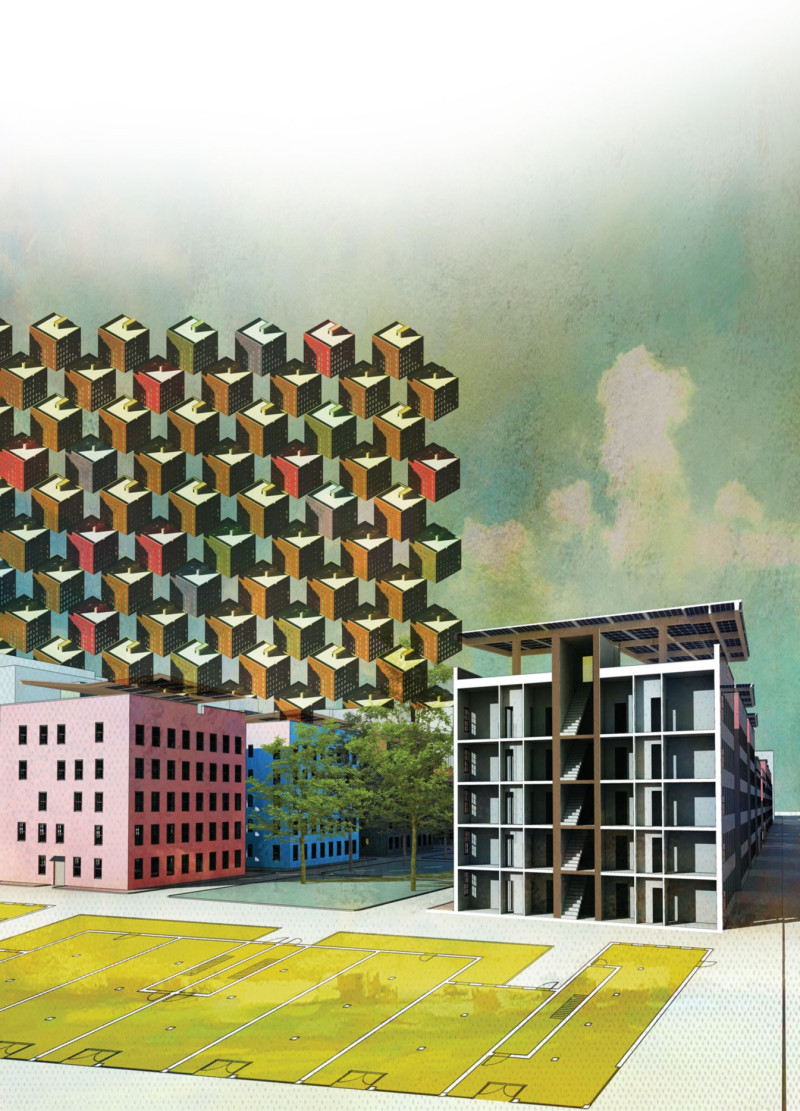5 key facts about this project
The project addresses the important issue of affordable housing in an urban setting, particularly considering historical practices alongside modern challenges. Set against the backdrop of environments like New York City, it emphasizes that housing should be seen as a fundamental right rather than just a design concern. The aim is to combine practical living solutions with the needs of the community, providing a framework that tackles the complexities of affordable living while enhancing the overall urban landscape.
Historical Context and Prototype
The First Houses prototype serves as a significant reference point in understanding the evolution of affordable housing in America, especially during the Great Depression. This initiative aimed to create necessary housing for marginalized groups and highlights the need for policy-driven approaches focused on accessibility. The design showcases a vision where housing can be integrated into the urban environment, blurring the lines between affordable and market-rate options.
Design Configuration
A key feature of the design is its perimeter block layout, which effectively utilizes space in the urban context. By removing every third building, this approach opens up communal areas that promote interaction among residents. The arrangement supports a mixed-use environment, allowing residential units to coexist with commercial spaces, which adds convenience and enhances community life. This thoughtful layout encourages social engagement and retains a human scale, vital for comfortable urban living.
Material Expression
While specific materials are not heavily detailed, the project focuses on a practical design approach characterized by minimal decorative elements. Emphasizing functionality over style, the layout reflects a straightforward design philosophy. This choice not only keeps costs in check but also enhances the living experience by prioritizing usability and comfort for residents.
Design Implementation
The proposal clearly emphasizes the importance of effective governmental policies that encourage the creation of adequate housing. It examines the failures of previous affordable housing models, particularly those that became stigmatized through poor urban renewal efforts. By advocating for carefully considered designs that reflect community needs, the project aims to alter how new developments are perceived and embraced within the urban landscape.
At the heart of the design is a focus on creating spaces that foster community interaction. These shared areas are meant to build connections among residents, encouraging a lively neighborhood environment where everyday life flourishes.






















































